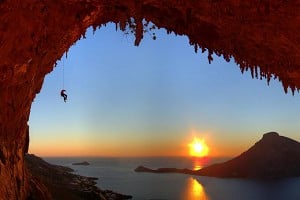
Climbing is a sport of constant challenges and exhilarating heights, but it's also a sport that can take its toll on your feet. Whether cramming into your performance climbing shoes in order to tackle sharp edges or trusting a foot jam that feels like it may break bones, foot health is of paramount importance for climbers.
The good news is that there's a source of wisdom when it comes to maintaining and improving the health of your feet: ballet. You may have already heard how ballet techniques can better your climbing, but the art of dance that has been perfecting footwork for centuries also has valuable techniques and exercises to offer climbers seeking better foot health.
Anyone who has tried both ballet and climbing can tell you that putting on a climbing shoe feels remarkably close to putting on a pointe shoe; the fit is snug and somewhat unforgiving and the toe box is very stiff. In fact, the shoes are built for similar actions of the foot. Although the pointe shoe is made of cardboard, wood and satin while the climbing shoe has more leather and rubber, climbers and dancers often both endure some discomfort as they stand on the tip of their toe whether it be on the stage or a tiny ledge high above the ground. The similarities between the shoes and the foot dexterity needed for pointe work and climbing make it obvious that climbers could benefit from understanding how ballet dancers prepare their feet for practice and performance.
New climbers often make the mistake of overlooking the importance of their feet, focusing instead on strong fingers, arms, and core. More experienced climbers know your feet are your connection to the rock, the pivotal point that allows you to conquer challenging routes with grace and precision. A lack of foot strength or worse, neglecting your foot health can lead to discomfort, injuries, and a decrease in climbing performance. This is where ballet's focus on feet comes into play.
The Value for Climbers
If you integrate ballet foot recovery techniques and exercises into your climbing training expect to see several benefits:
Improved Foot Strength and Flexibility: Ballet techniques focus on strengthening and stretching the muscles and tendons in your feet and ankles, leading to enhanced foot control and adaptability.
Enhanced Balance and Precision: Ballet exercises improve balance and proprioception, allowing climbers to confidently and more accurately place their feet on even the smallest of holds.
Reduced Risk of Injuries: Adding regular ballet-inspired foot care routine to your training can minimise the risk of common climbing foot injuries, including tendonitis, bone inflammation, and blood vessel constriction (your feet going numb every time you put on your climbing shoes.) (Russel, 2013)
Prolong Climbing Sessions: Strong, flexible feet can withstand longer climbing sessions, increasing endurance and enabling you to tackle challenging routes with less fatigue.
Recommended Ballet Foot Exercises for Climbers
Ballet dancers are renowned for their impeccable footwork, strength, and flexibility. Incorporating their exercises into your training can make a significant difference in your climbing performance:
Relevé - meaning raised: Stand with your feet hip-width apart and slowly rise onto the balls of your feet. Hold the position for a few seconds, then lower your heels back to the ground. This exercise helps build strength in the calf muscles, which are crucial for edging on small holds.
Fondu - meaning to melt: Shift weight onto one leg, glue your free foot to your standing ankle bone and bend supporting knee. Straighten both legs simultaneously, extending your free leg air while rising up onto the ball of your supporting foot. This exercise improves balance and stability, essential for those precarious footholds.
Tendu - meaning stretched: Stand with feet together, slowly point one foot out in front of you, skimming the floor along the way. Once your foot is fully pointed, reverse the movement, dragging your foot along the floor back to your starting position. Tendu can be repeated to the front, side and back. This exercise enhances ankle flexibility, strengthens plantar muscles and helps climbers reach for foot holds and adapt to awkward foot positions.
Foot Articulation: Sit down, lift one leg, and rotate your ankle in both directions, then point and flex your toes. This exercise increases the dexterity of your feet, enhancing your ability to use the entire surface area of your climbing shoes effectively.
Ballet Foot Recovery Techniques
Ballet dancers may be the only athletes to torture their feet more than climbers. Here are some ballet-inspired recovery techniques to promote better foot health for climbers:
Foot Baths: Soaking your feet in warm water with Epsom salts or in ice water can alleviate muscle soreness and reduce inflammation throughout the foot and ankle.
Massage: Roll a tennis ball under your foot to release tension, stimulate blood flow, work out knots, and separate muscle from facia. This can help maintain flexibility and reduce the risk of inflammatory injuries such as plantar fasciitis.
Stretching and Flexibility: Emulate ballet stretches such as pointing and flexing your feet. These movements help to maintain and improve the range of motion in your ankles and toes, improving joint stability and allowing muscles to apply force of a greater range of motion.
Intrinsic Muscle Strengthening: Ballet dancers often strengthen the intrinsic muscles in their feet. You can do this by scrunching up a towel with your toes. You can also work foot articulations using a resistance band. Place the ball of your foot in the centre of the band, holding each end with your hands, perform foot articulations mentioned earlier. Stronger feet are less prone to injury and provide better support. (Skwiot, 2021) - (this whole section is based on this work).
Incorporating these techniques and exercises into your climbing routine can enhance your foot strength, flexibility, and overall performance, ensuring that you can conquer those challenging routes with grace and precision. So, next time you plan your climbing training and recovery, remember that a little bit of ballet-inspired movement can go a long way in elevating your climbing game. Take care of your feet, and you'll be dancing with glee at the top of routes.
Citations:
Russell JA. Preventing dance injuries: current perspectives. Open Access J Sports Med. 2013 Sep 30;4:199-210. doi: 10.2147/OAJSM.S36529. PMID: 24379726; PMCID: PMC3871955.
Skwiot M, Śliwiński Z, Żurawski A, Śliwiński G. Effectiveness of physiotherapy interventions for injury in ballet dancers: A systematic review. PLoS One. 2021 Jun 24;16(6):e0253437. doi: 10.1371/journal.pone.0253437. PMID: 34166414; PMCID: PMC8224967.

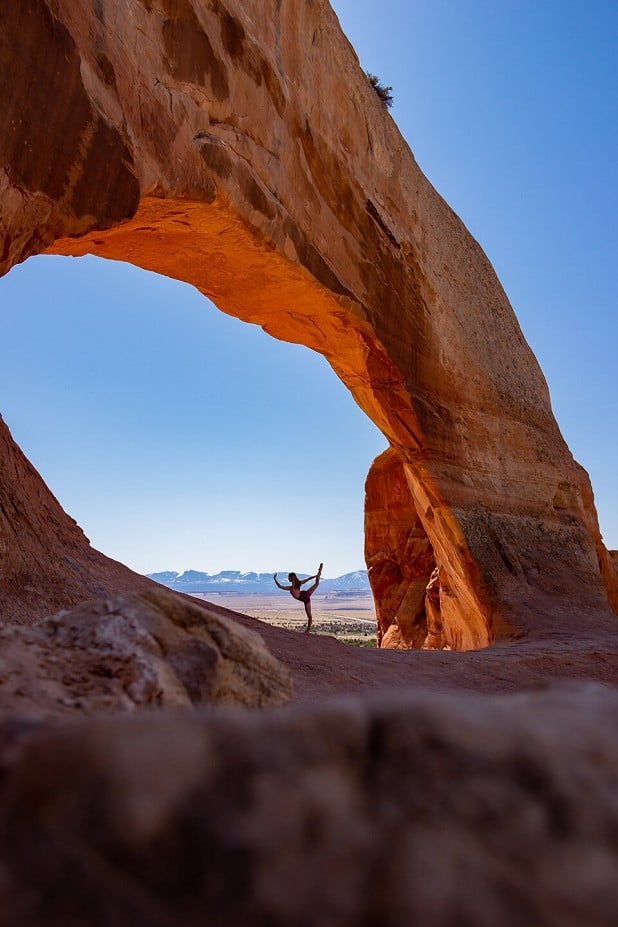
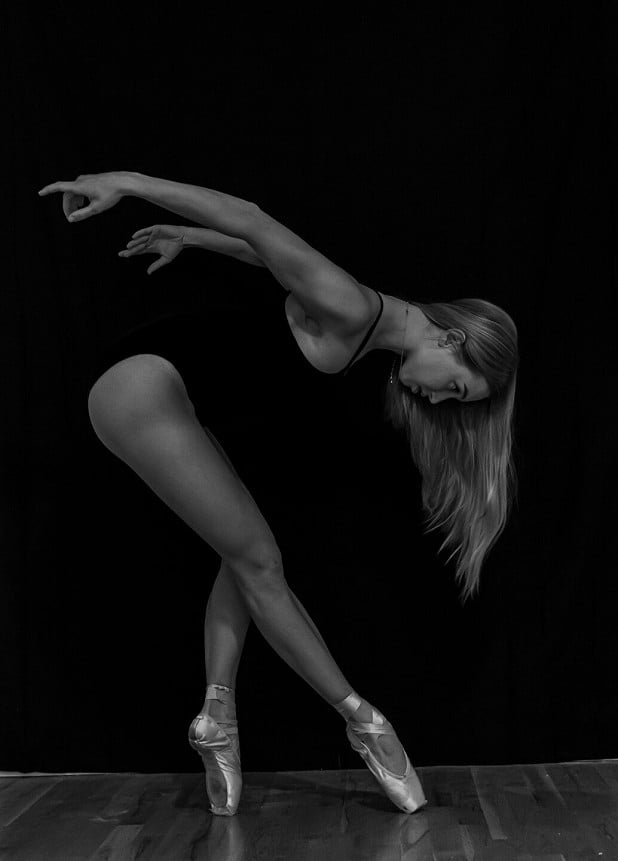
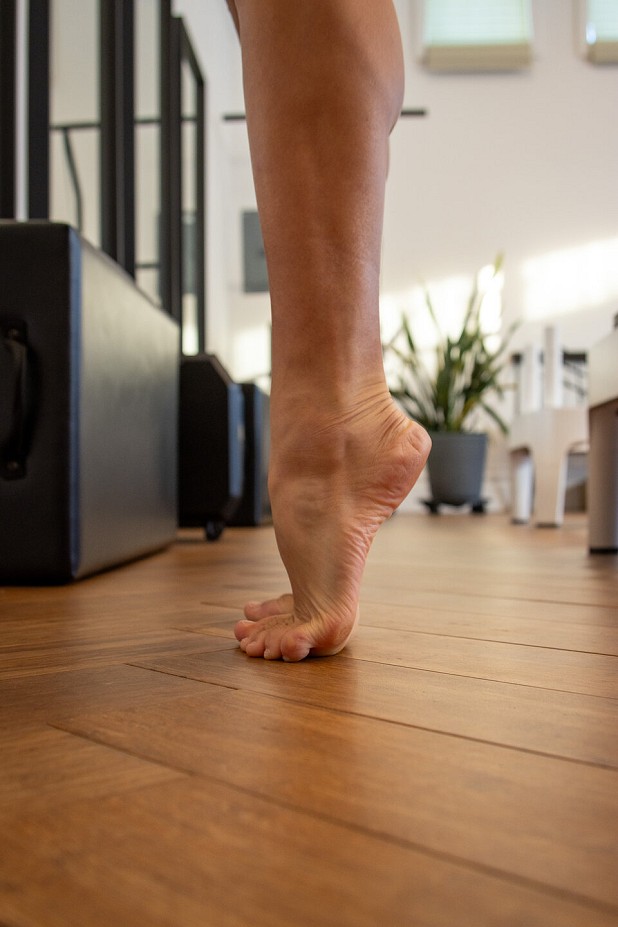
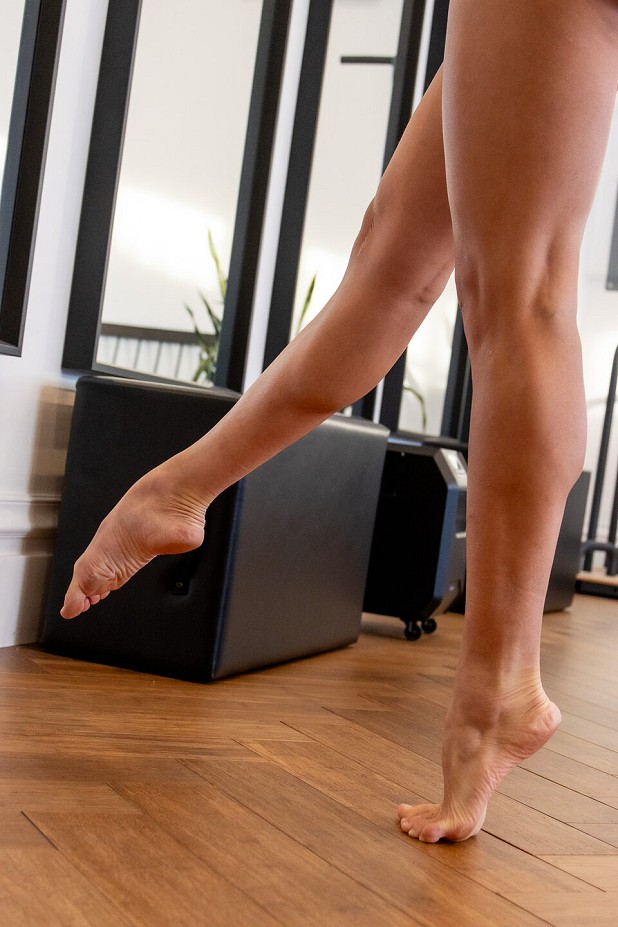
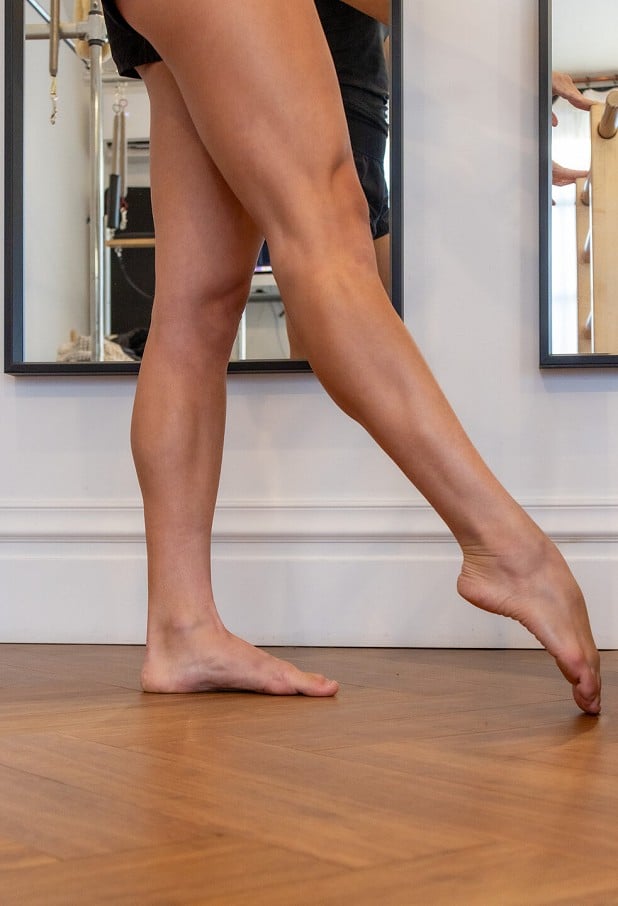

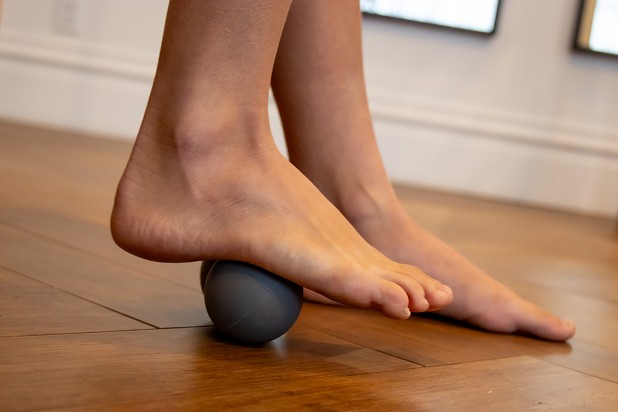
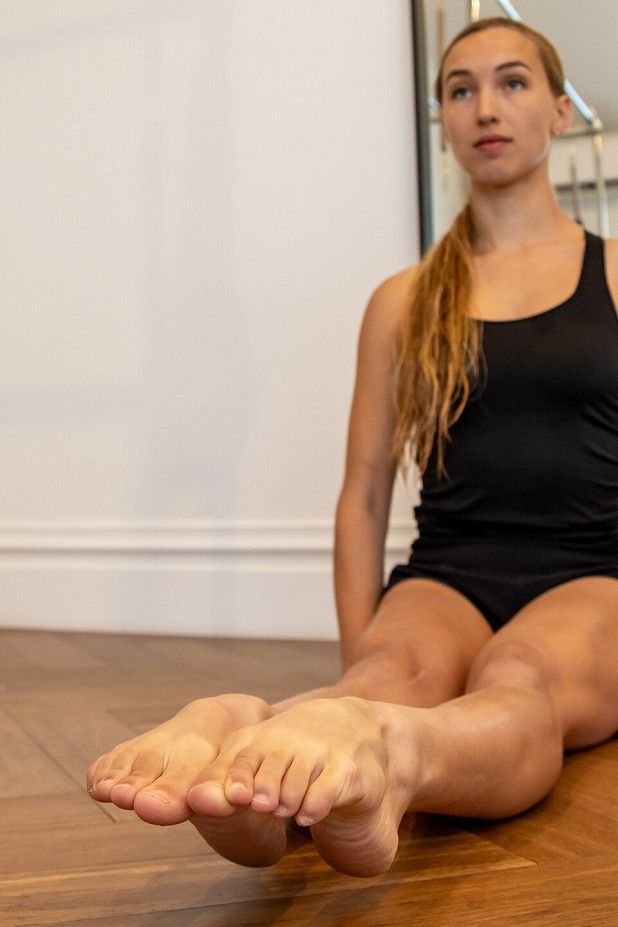
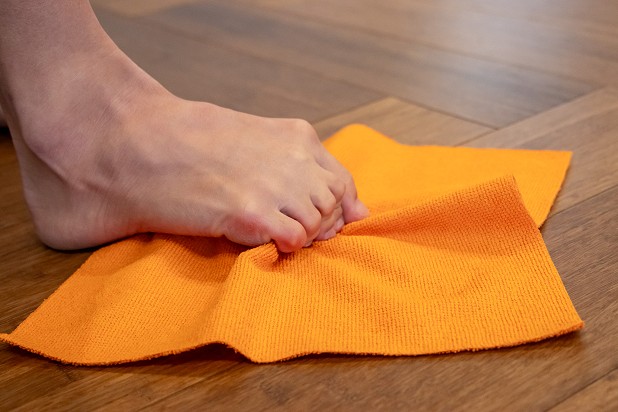
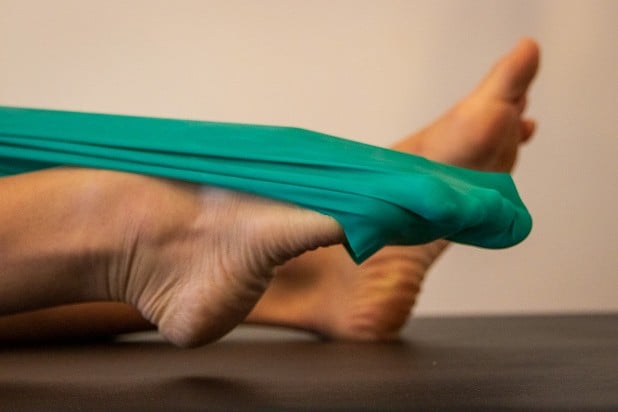
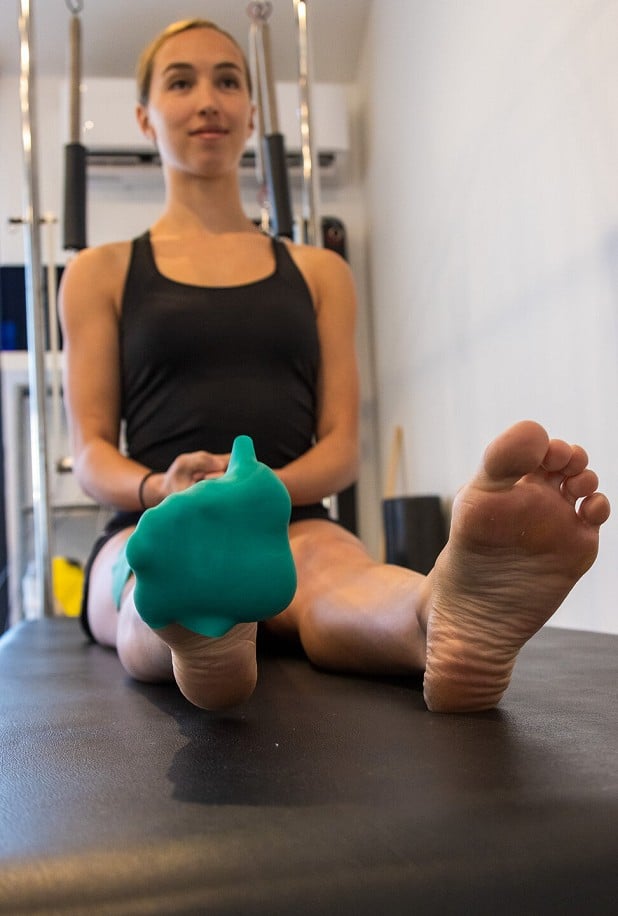
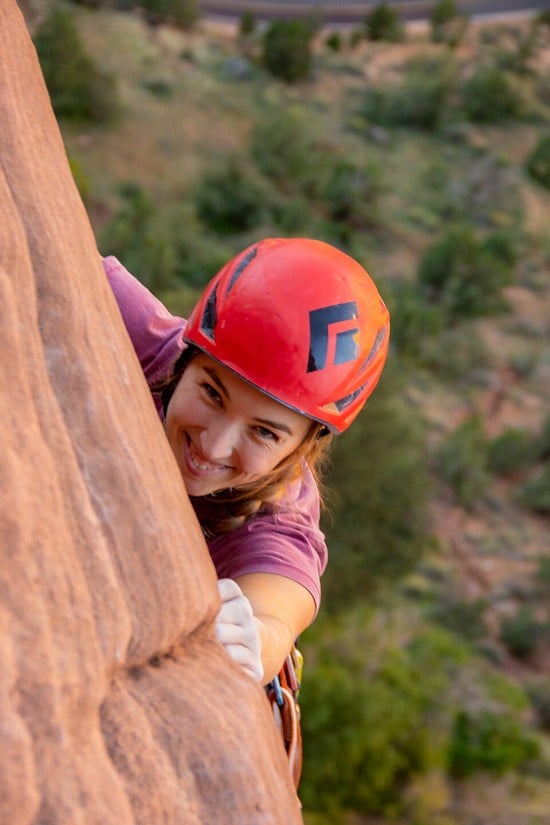

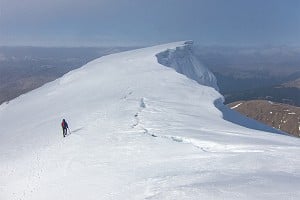
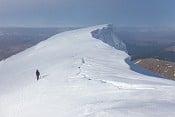
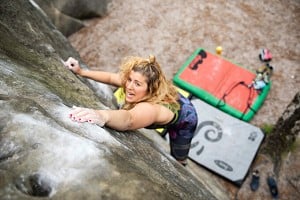









Comments
Good, very interesting. Can I suggest an article on foot recovery, how to look after your feet, how to deal with foot funk, toxic shoes, fungal nail infections etc.
Much less glamorous than ballet but perhaps more relevant.
https://www.ukclimbing.com/articles/skills/hand_and_foot_care-2089
I wonder if any of the Leeds Uni Wall on UKC remember the visit of some touring ballet dancers in the '70s? The apocryphal story was that they basically sent everything, however it would be good to hear a first hand view
Great story, was it in 'Games Climbers Play'?
One of the guys at the wall trained as a dancer, damn he's strong. And flexible. He's got a bit distracted by another sport now but good to watch.
I thought it was a story in one of Dennis Gray's books or articles, but maybe reprinted somewhere.